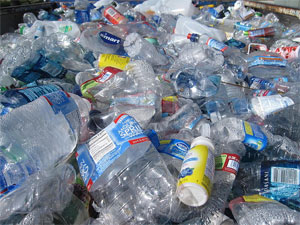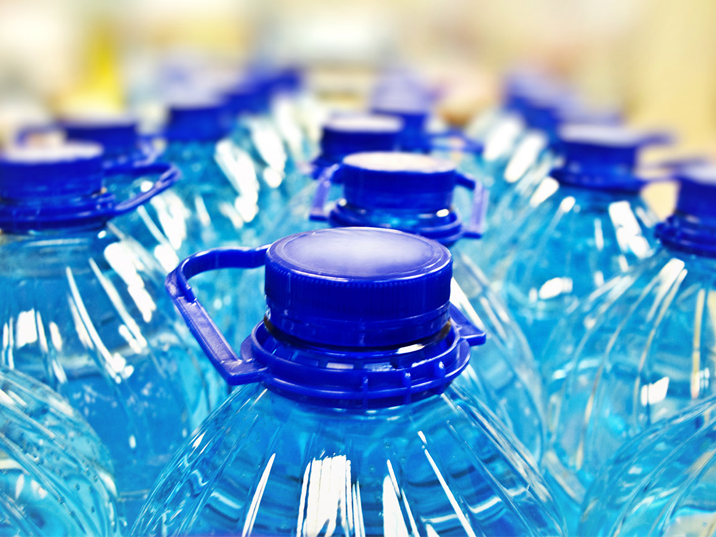 If you have ever had a stray thought on the efficacy or importance of Science in our lives, think again. Our existence on this planet is supported by Science all around. It affects us all, every day of the year, from the moment we wake up, throughout the day, and then through the night. Your morning alarm, the coffee that you drink, the road that you drive on, the bus you ride in, your cell phone and even the light that you turn off at the end of the day, have all been brought to you courtesy of science. The modern world that we all exist in, would not be modern at all without science. It’s almost impossible to overstate how many aspects of modern life are impacted by scientific knowledge.
If you have ever had a stray thought on the efficacy or importance of Science in our lives, think again. Our existence on this planet is supported by Science all around. It affects us all, every day of the year, from the moment we wake up, throughout the day, and then through the night. Your morning alarm, the coffee that you drink, the road that you drive on, the bus you ride in, your cell phone and even the light that you turn off at the end of the day, have all been brought to you courtesy of science. The modern world that we all exist in, would not be modern at all without science. It’s almost impossible to overstate how many aspects of modern life are impacted by scientific knowledge.One of the fields of science is Chemistry and yes, it starts right from when we study about it in school. One of the aspects in Chemistry that our lives are so intertwined with is that of Polymers.
Polymers are made up of many molecules, all strung together to form really long chains. The term Poly- means “many” and Mer refers to “part” or “segment”. Mono means “one”. So, monomers are those itsy bitsy molecules that can join together to make a long polymer chain. This process of formation of polymers from respective monomers is called polymerization.
So exactly how many is “many- many -many “? Well, usually a single polymer molecule is made out of hundreds of thousands (or even million!) of monomers! So you can extrapolate from there.

Some assume that polymers are synthetic materials, but there are many naturally occurring polymers like rubber, which can be enhanced and altered to optimize certain properties. With that said, many synthetic materials like plastics and gels are also polymers.
There are several ways of classification of polymers. The following are some of the common classifications of polymers:
Classification based on source:
Natural polymers: These polymers are found in plants and animals. For example, proteins, cellulose, starch, some resin and rubber are all polymers.
Synthetic polymers: A variety of synthetic polymers as plastic (polythene), synthetic fibres (nylon6, 6) and synthetic rubber (Buna-S) are examples of the man-made polymer.
There is a whole bunch of different ways that can describe polymers and what they look like. Just to get a feel for where polymers are around us, just visit a store. Look around the goods kept on display and you will see all the stuff that’s made out of polymers. Polymeric materials such as shellac, amber, wool, silk and natural rubber have been used for centuries. Polybag, plastic bottles, and footwear are the common examples of polymers that we use in daily life.
Impact of Polymer on Country’s economy
Today, in India there are about 22,000 plastic processing units and 150 plastic processing machinery manufactures. The per capita consumption of plastic product in India is growing and moving towards 8% GDP growth. The most prominent companies in India are the AGA group international, established in Ambala city, Haryana. Currently, the Indian plastic industry is spread across the country, employing about 4 million people and over 2,000 exporters.
Role of plastic Industry in the India Economy
|
2005
|
2015
|
|
|
@ 15% CARG,( Compounded Annual Rate of Growth) Consumption of Plastic Polymer
|
4..7 Million Tones
|
18.9 Million Tones
|
|
Employment in Plastic Industry (direct+ Indirect)
|
2.5 Million
|
9.5 Millions
|
|
Plastic Industry’s turnover
|
Rs. 35,000 Crores
|
Rs. 1,33,245 Crores
|
|
Export of Plastic @ 30% CARG
|
US $1900 Millions
|
US $ 10215 Millions
|
|
Contribution of Polymer and Plastic Product to the Exchequer
|
Rs. 6200 Crores
|
Rs. 15990 Crores
|
If you analysis the above that, you come to know that in between ten years polymer industry grows almost four times.
Increasing usage of plastics in automobiles, consumer packaging and impact of increased infrastructure spending, the plastic industry is expected to continue to double- digit growth beyond 2016-17, according to a study on plastics industry by Plastindia Foundation.
Disadvantages of Polymer
Well, as we know there are two sides of the same coin, so is the case with polymers, if there is the good impact of polymer, there is also bad impact of polym er too. Every year millions of tones of plastic waste is produced, which over the years have created a global concern on account of pollution, due to the non-biodegradable nature of such material. The life of a polymer is up to 100 years it is not easily degraded by the bacteria present in the environment. Although there are many synthetic bio-degradable polymers like PHBV (poly beta-hydroxybutyrate –Co beta- hydroxy valerate) is used in speciality packaging for orthopedic devices.
er too. Every year millions of tones of plastic waste is produced, which over the years have created a global concern on account of pollution, due to the non-biodegradable nature of such material. The life of a polymer is up to 100 years it is not easily degraded by the bacteria present in the environment. Although there are many synthetic bio-degradable polymers like PHBV (poly beta-hydroxybutyrate –Co beta- hydroxy valerate) is used in speciality packaging for orthopedic devices.
 er too. Every year millions of tones of plastic waste is produced, which over the years have created a global concern on account of pollution, due to the non-biodegradable nature of such material. The life of a polymer is up to 100 years it is not easily degraded by the bacteria present in the environment. Although there are many synthetic bio-degradable polymers like PHBV (poly beta-hydroxybutyrate –Co beta- hydroxy valerate) is used in speciality packaging for orthopedic devices.
er too. Every year millions of tones of plastic waste is produced, which over the years have created a global concern on account of pollution, due to the non-biodegradable nature of such material. The life of a polymer is up to 100 years it is not easily degraded by the bacteria present in the environment. Although there are many synthetic bio-degradable polymers like PHBV (poly beta-hydroxybutyrate –Co beta- hydroxy valerate) is used in speciality packaging for orthopedic devices. The Solution
Recently, Japanese researchers discovered a species of microbe (Idaonella sakaiensis) that eats PET (Polyethylene terephthalate). The polymer is widely used in food containers, bottles and synthetic fibers.

In India, a plastic sack manufacturer Ahmed Khan in Bangalore has managed to find the ideal solution to the ever-increasing problem of accumulating plastic wastage. His company developed Polyblend, a fine powder of plastic material that mixed with bitumen can be used to lay roads. He proved that blends of Polyblend and bitumen enhanced water repellant properties, and helped to increase road life. Using khan’s technique, by the year 2002, more than 40 kilometres of roads in Bangalore had already been laid.
Polymer being an inseparable part of our life, it depends on us how we use it. We have the power to turn it into a boon or a bane.